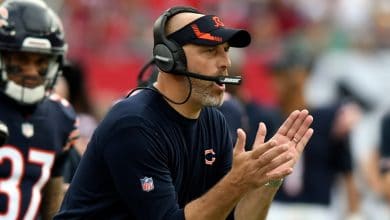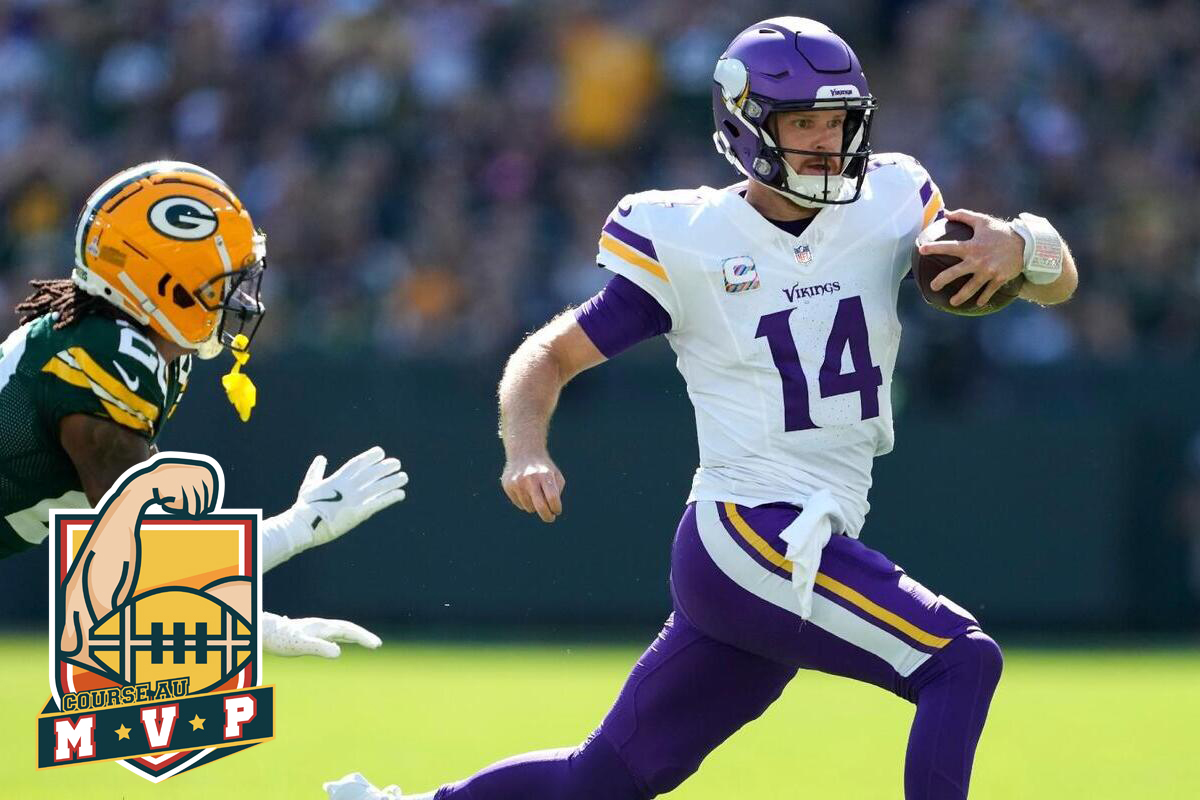
Find all the articles from our American football FAQ on this link. Today, level 2 of defensive statistics in the NFL.
At level 1 of NFL defensive statistics: tackles and interceptions. On that, everything is pretty clear. So let's lift the veil on a second level.
Pressure, Sack, QB Hit…
- Hurry: This counts the number of times a defender forces the quarterback to throw faster than expected.
- QB knockdown: The quarterback is contacted by the defender and falls to the ground. But he was able to throw the ball before the impact.
- Sack: The quarterback is brought to the ground by the defender before he can throw the ball.
- QB Hit: Represents the sum of QB Knockdown + sacks.
- Pressure: Represents the sum of Hurries + QB Hits.
So in 2023 (excluding playoffs), Detroit player Aidan Hutchinson recorded 61.5 pressures which can be broken down as follows: 32.5 QB Hits (11.5 sacks + 21 QB Knockdowns) + 29 hurries. Note that the “half sack” means that the defender caused the sack in the company of another defender.
Plating for loss (tackle for loss)
Before the ball is engaged, the two teams are aligned on either side of a starting line. When he correctly anticipates the intention of the attack, the defender manages to stop the ball holder, before he crosses this starting line.
With the offensive player stopped behind this line, the offense moves back down the field for the next attempt. The defender has therefore inflicted a loss of yards.
Note that a sack is counted as a tackle for loss. So, when a player produces 17 tackles for loss and 8 sacks in a season, it should be read as 17 tackles for loss including 8 sacks. With this statistic line, you can therefore deduce 8 sacks from a quarterback and 9 stops from a runner/receiver before he crosses the line of engagement.
Contacted by us, the Pro Football Reference site confirms this way of counting. The same goes for the following statistic.
Defended pass (pass defended)
When a defender is credited with a “pass defended”, it means that he prevented the reception. He can deflect the pass and send the ball on the ground or in the air (possibly recovered by another defender).
When he intercepts the ball, it is also credited to him in the “interception” statistic. So, when a defender produces a season with 10 “PD” and 3 “INT”: It is necessary to understand 10 passes defended of which 3 are interceptions.
In 2023, no NFL defender has defended more passes than Charvarius Ward with San Francisco: 23 passes defended including 5 interceptions. And a pick six (photo below)!
This is an interception that the defender throws back to the opponent's end zone. A touchdown is worth six points before conversion, the player catches (picks) the ball and then scores six points.
Fumble
This term refers to the fact that the offensive player has let the ball slip out of his arms. A forced fumble is the act of snatching the ball and causing it to be brought to the ground, while the offensive player is standing. Thus, the ball is in play!
The “fumble recovery” statistic counts the action of a player recovering the ball on the ground, thus gaining possession. Both actions can be performed by the same player or by two different players. In the latter case, each is credited on his stat line: one in the FF category (forced fumble)the other in the FR category for fumble recovery.
Takeaways
This represents the sum of the balls recovered on defense: fumbles recovered + interceptions. After two NFL weeks, the Chicago Bears are ranked 5th in the NFL with four takeaways: two fumbles recovered and two interceptions (the Packers are first with a total of six).













